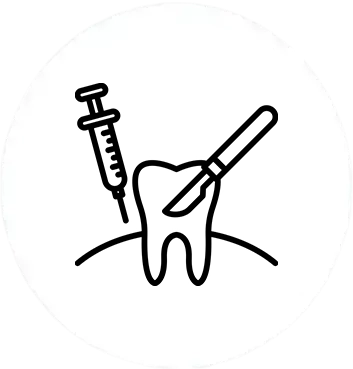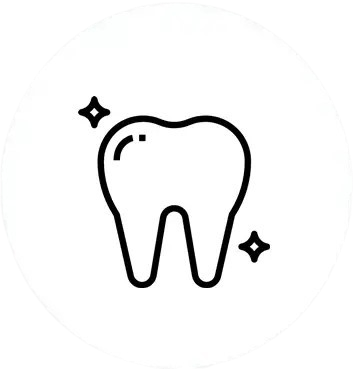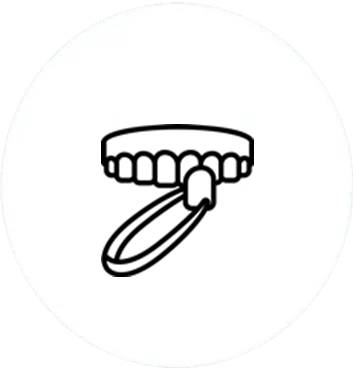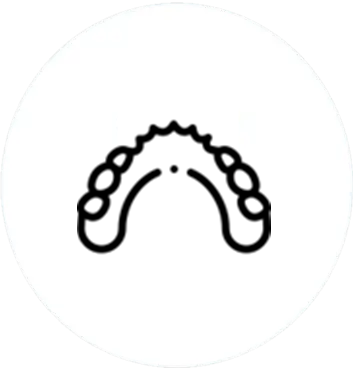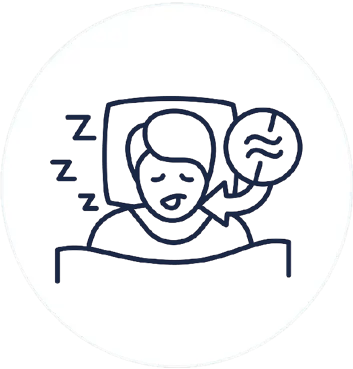Sedation Dentistry
Sedation Dentistry
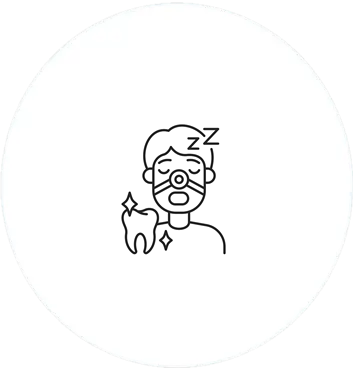
Sedation Dentistry includes the use of sedative medicines to help relax a patient undergoing dental procedures. It allows a dentist to treat patients suffering from extreme anxiety safely and comfortably. Though it is also referred to as 'Sleep Dentistry,' the patients are usually wide awake during the procedures except when general anesthesia is administered.
What are the merits of Sedation Dentistry?
- The patient will have no memory of undergoing the procedure. With sedation dentistry, there is a high possibility that you will remember going to a dental clinic and nothing beyond that.
- It offers a simple and relaxed way of experiencing dentistry. Sedation helps you relax to the point that you don't feel any pain and are completely relaxed while undertaking the procedure.
- Sedation dentistry ensures that whatever pain you experience during the treatment is completely tolerable. Some procedures such as dental implants can be excruciating, and hence general anesthesia is applied that puts a patient completely to sleep.
- Being sedated, one loses a sense of time.
- There will be no smell and sounds usually associated with dental procedures.
- One will be devoid of fear and anxiety during the treatment. It helps those who have extreme anxiety issues but still want to get dental treatment to save their smile.
- It is beneficial for those patients facing a hard time getting numb from anesthetics. A few patients do not have the threshold to bear pain even with regular teeth cleaning. A low dose can result in higher pain, while a high dose would weaken your body needlessly. When a perfect dose convenient for your body type is administered, it will help keep the pain away.
- The dentist will perform the procedure in a shorter duration when a patient is relaxed and doesn't cause any disruption. As a consequence, you will have to spend less time at the clinic.
- It helps patients undergoing extensive procedures that may require multiple visits to have their entire treatment completed in one visit.
How are the sedatives administered?
The sedatives are administered in a variety of ways:
- Inhalation: Nitrous oxide, also known as laughing gas, is the most commonly used sedative to ease mild to moderate anxiety. The patient can resume their daily life activities immediately after the treatment. The recovery period is also concise.
- Oral: This is a prevalent method for dental sedation, and the use of needles can be avoided as the sedatives have to be consumed orally. The dentist will prescribe the oral sedative, which could be consumed an hour before your appointment. By the time you arrive at the clinic, you will already be in a relaxed and calm mental state.
- Intramuscular (IM):In this type of sedation, a sedative injection is administered into the upper arm or thigh muscles. A patient is seated within a short duration of time.
- Intravenous (IV): In IV sedation, a sedative is given to a patient either intravenously or directly into a vein. The sedation can be adjusted according to the patient's state of consciousness and can be continued for the procedure's entire duration.
Call us at West Valley Natural Dentistry or schedule an online appointment to know more about Sedation Dentistry.

Working Hours
- Monday: 9:00 am - 5:00 pm
- Tuesday: 9:00 am - 5:00 pm
- Wednesday: 9:00 am - 5:00 pm
- Thursday: 9:00 am - 5:00 pm
- Friday: Closed
- Saturday: Closed
- Sunday: Closed

